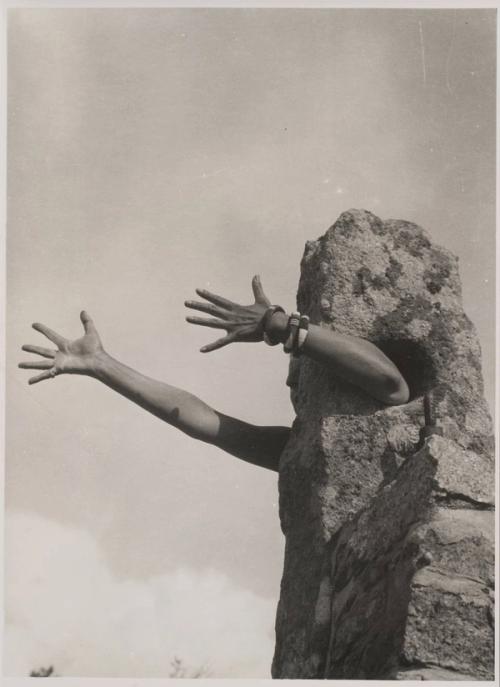Creative Anastylosis
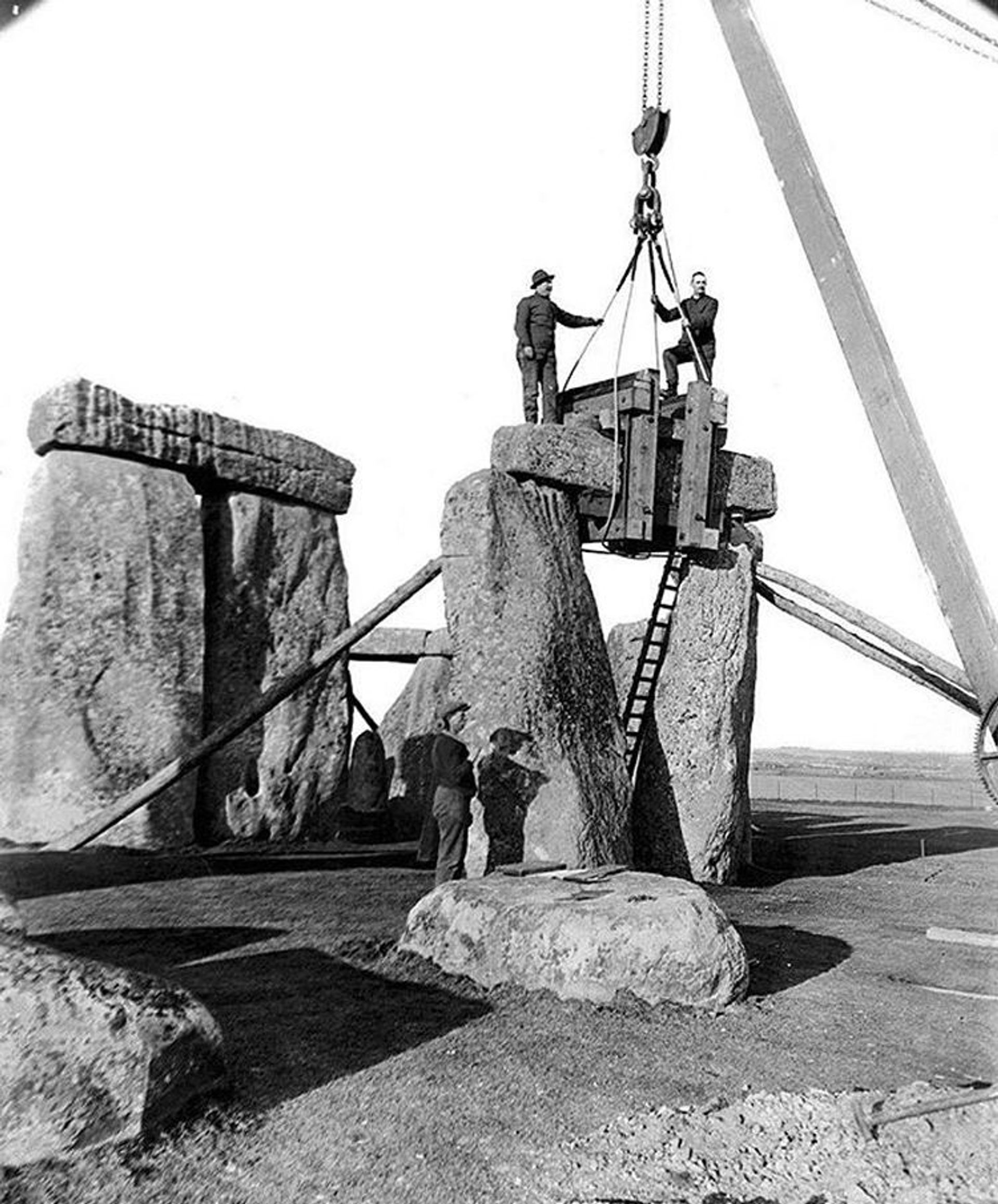
Reconstruction of Stonehenge taken around 1919
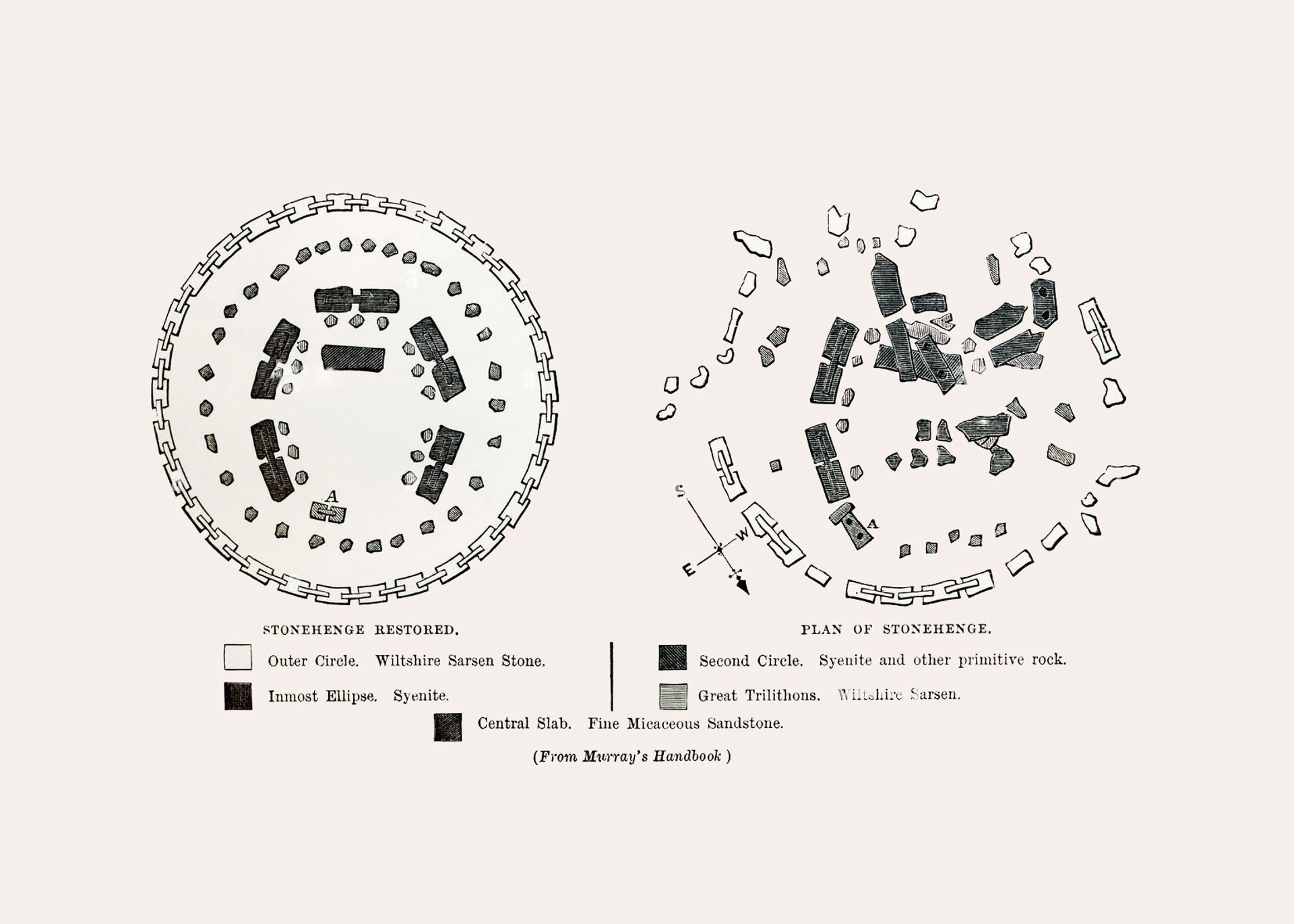
Plan of Stonehenge, before and after restored. 18th Century plan of Stonehenge, showing the position of the stones. Image published 'Choir Gaur; The Grand Orrery of the Ancient Druids, Commonly Called Stonehenge, Astronomically Explained, and Mathematically Proved to Be a Temple', by John Smith (1771)
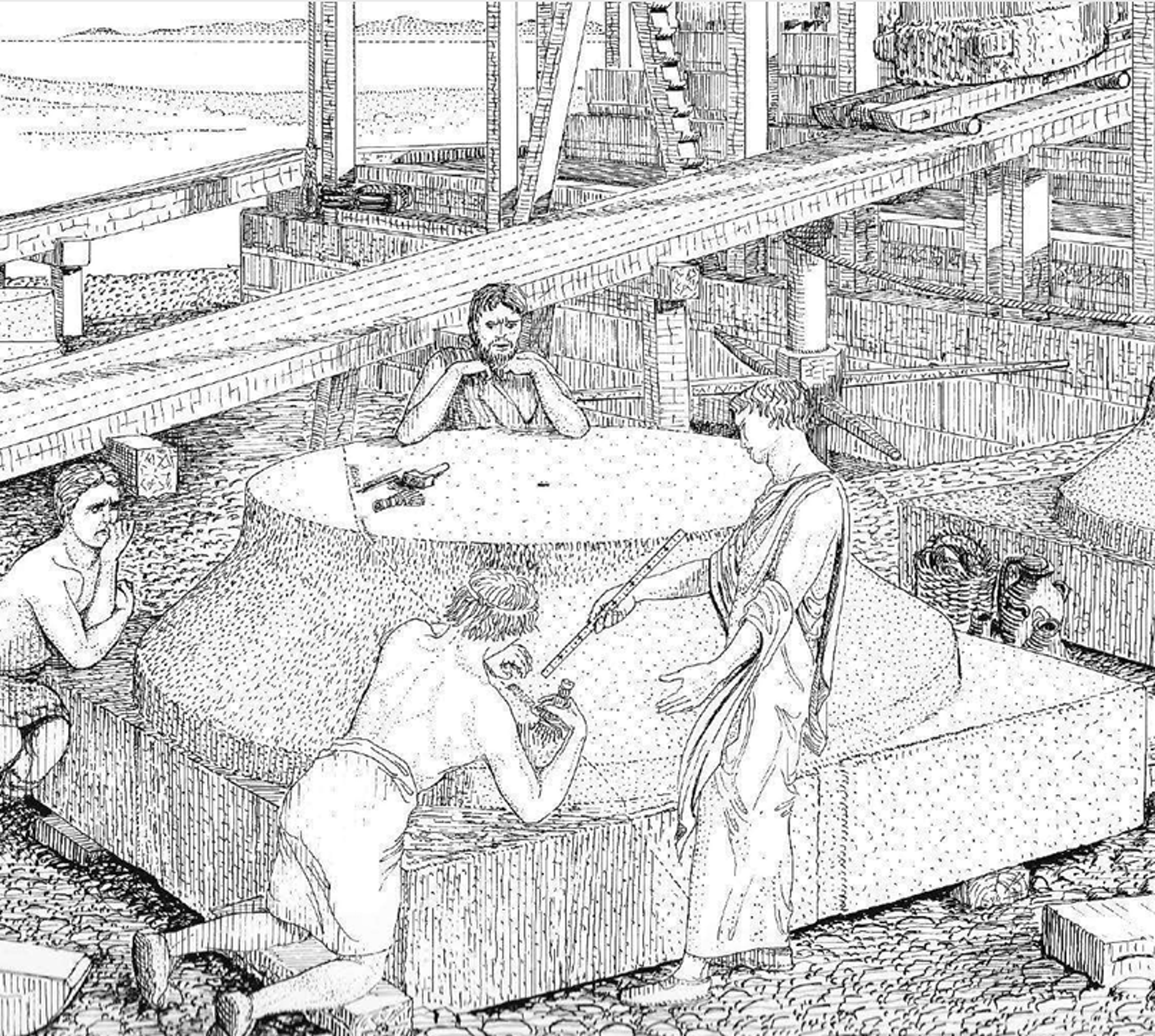
State of the old Parthenon in 480 BCC, before the Persian sacking, According to Hurwit, 1999. Xenophon presents Socrates to say that the profession of architect requires a man with judgment while Plato refers to the difference between an architect's and a master builder's work, as the first requires not only empirical and manual work but also intellectual knowledge

Variation of connections between stones, Unknown source
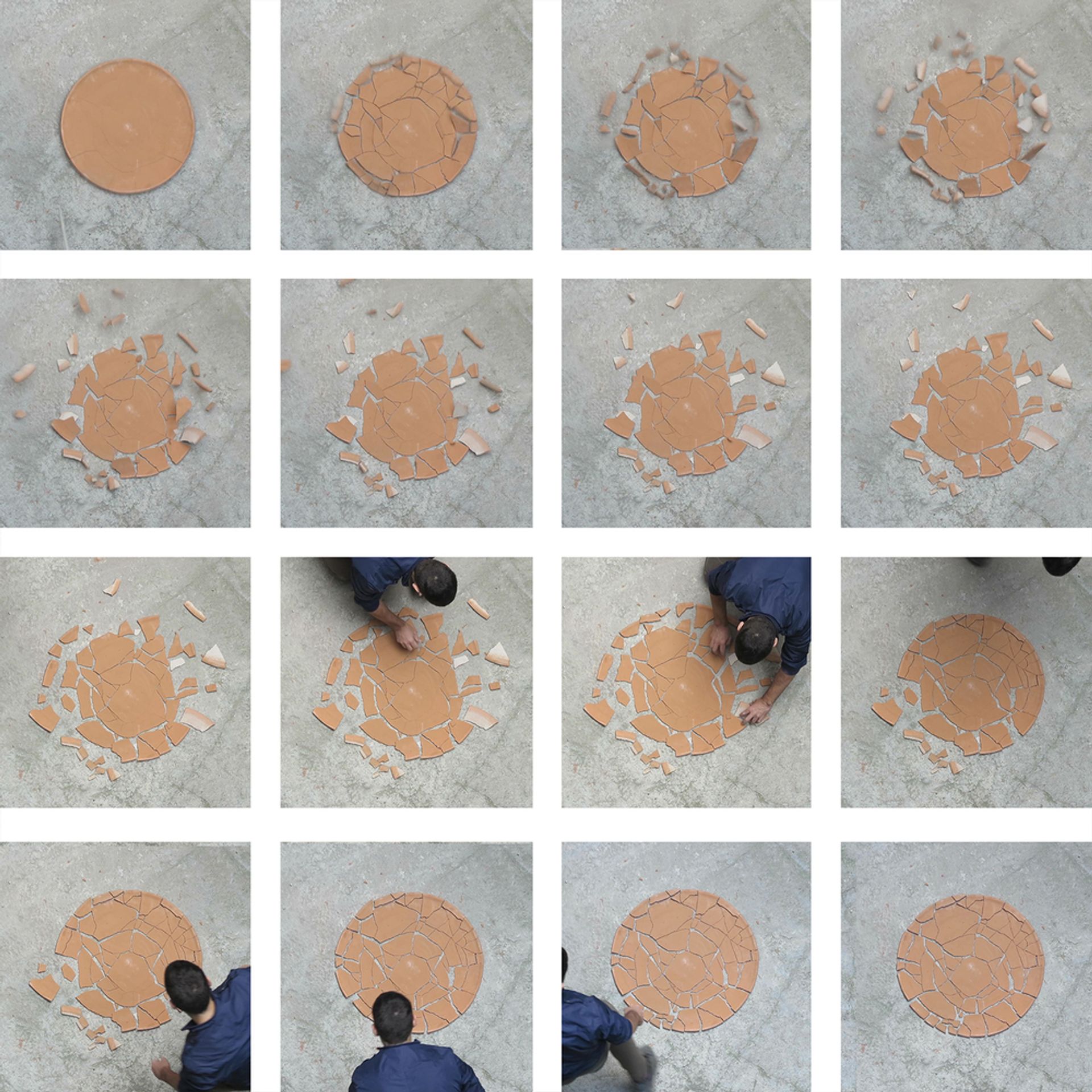
Ascensión y caída, Alberto Oderiz

Bridget Polk. Exposition Le bord des mondes, Palais de Tokyo. Mars 2015

Bridget Polk, Palais de Tokyo. She makes balancing rock installations. These impossible sculptures are held in place thanks to a precarious equilibrium that defies the laws of gravity in order to “organize chaos,” according to Bridget Polk

Human Nature by Ugo Rondinone
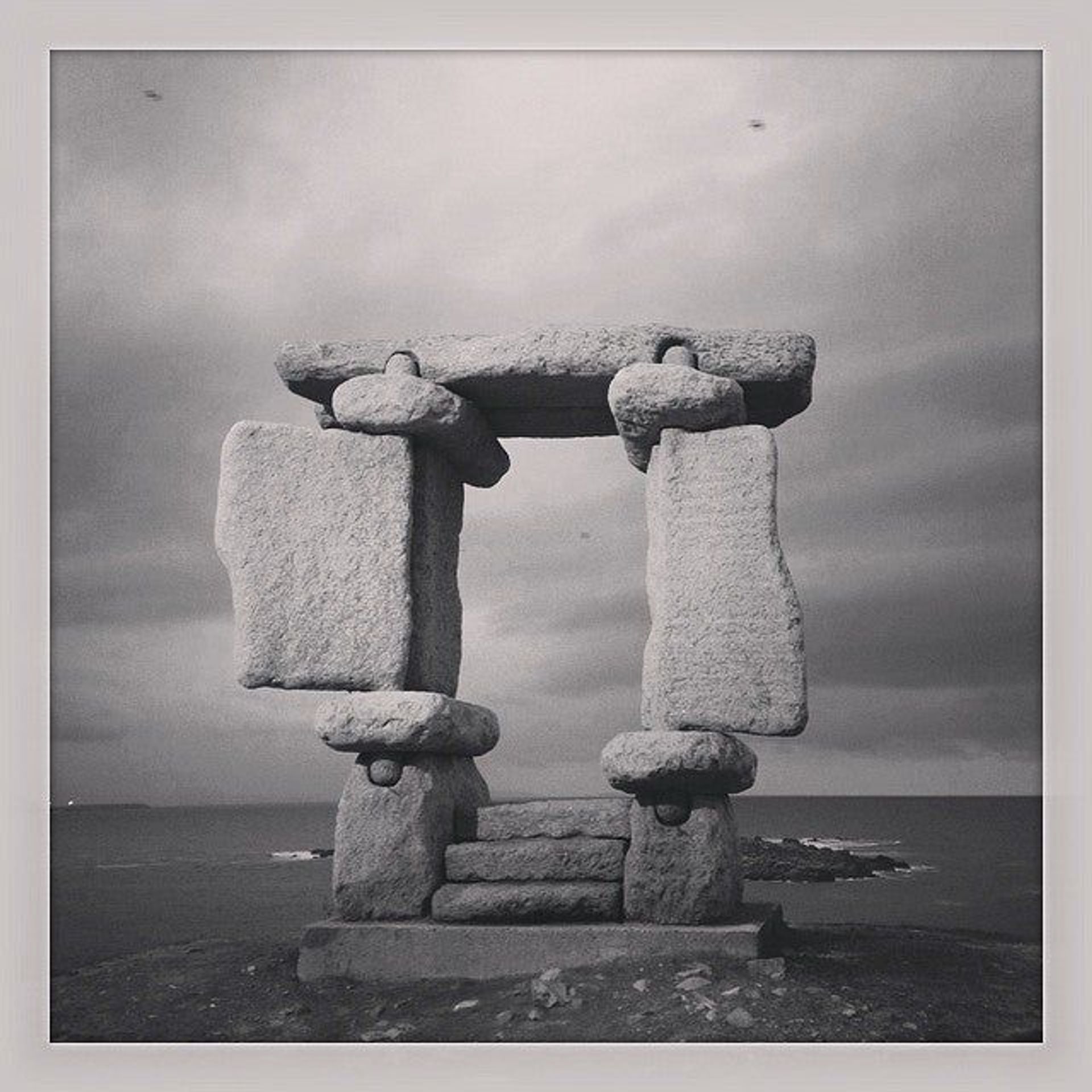
Ventana al Atlántico, Francisco Pazos, 2004
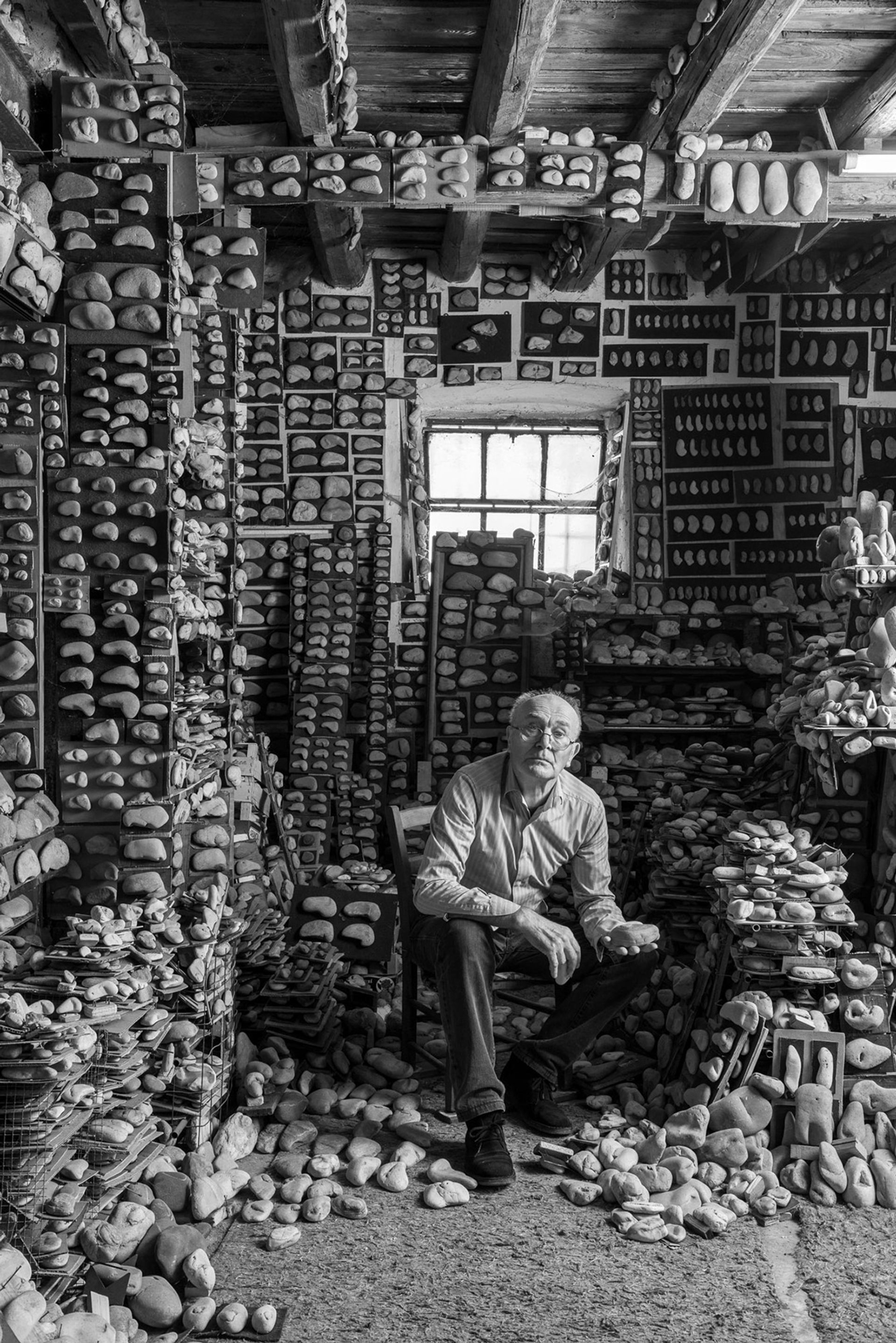
The stone collector, Luigi Lineri, photographed for Art Magazin, Germany
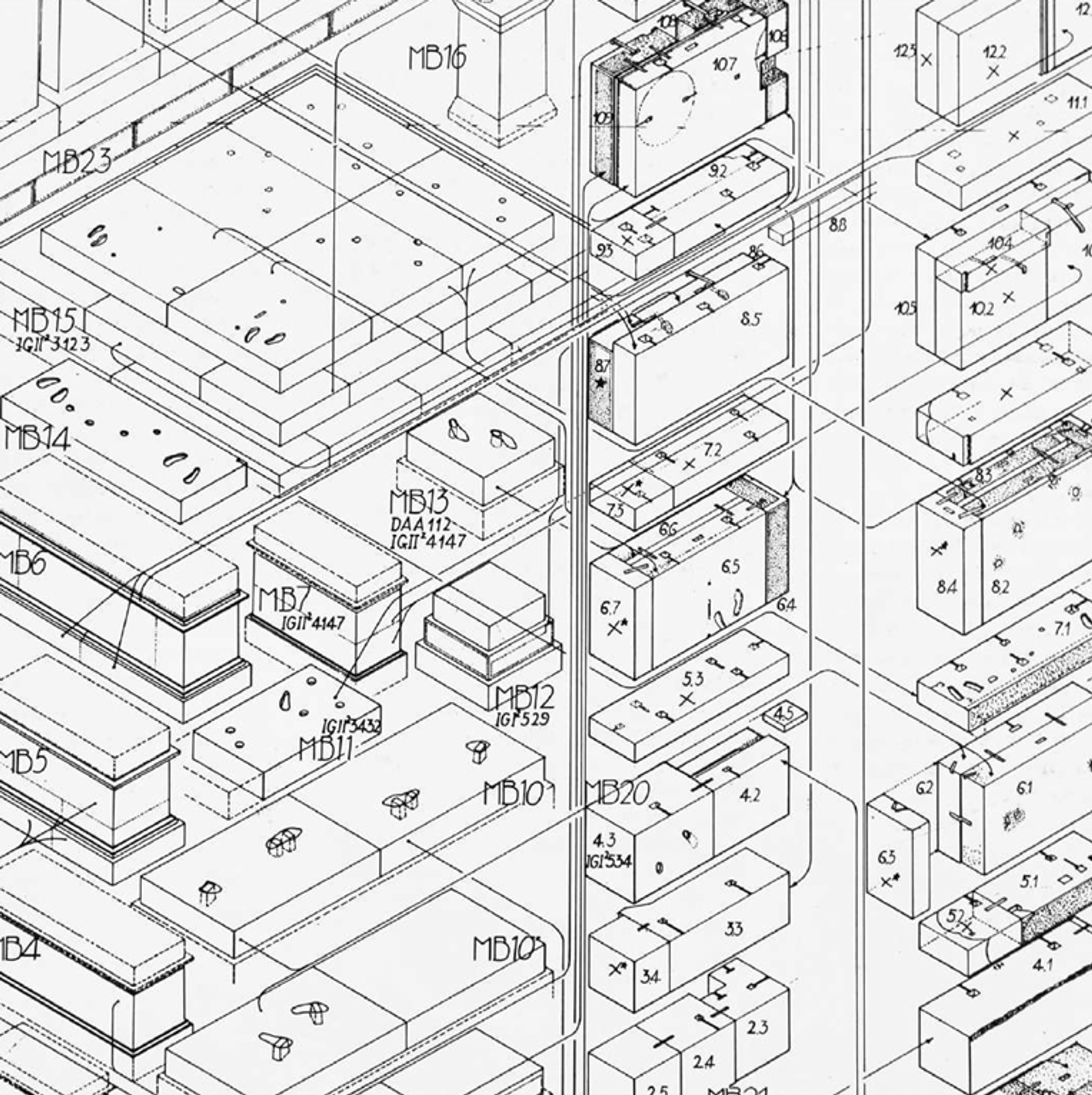
Acropolis of Athens, unknown source

From 'Rocked hand' 1970 by Dennis Oppenheim

Magritte's stone
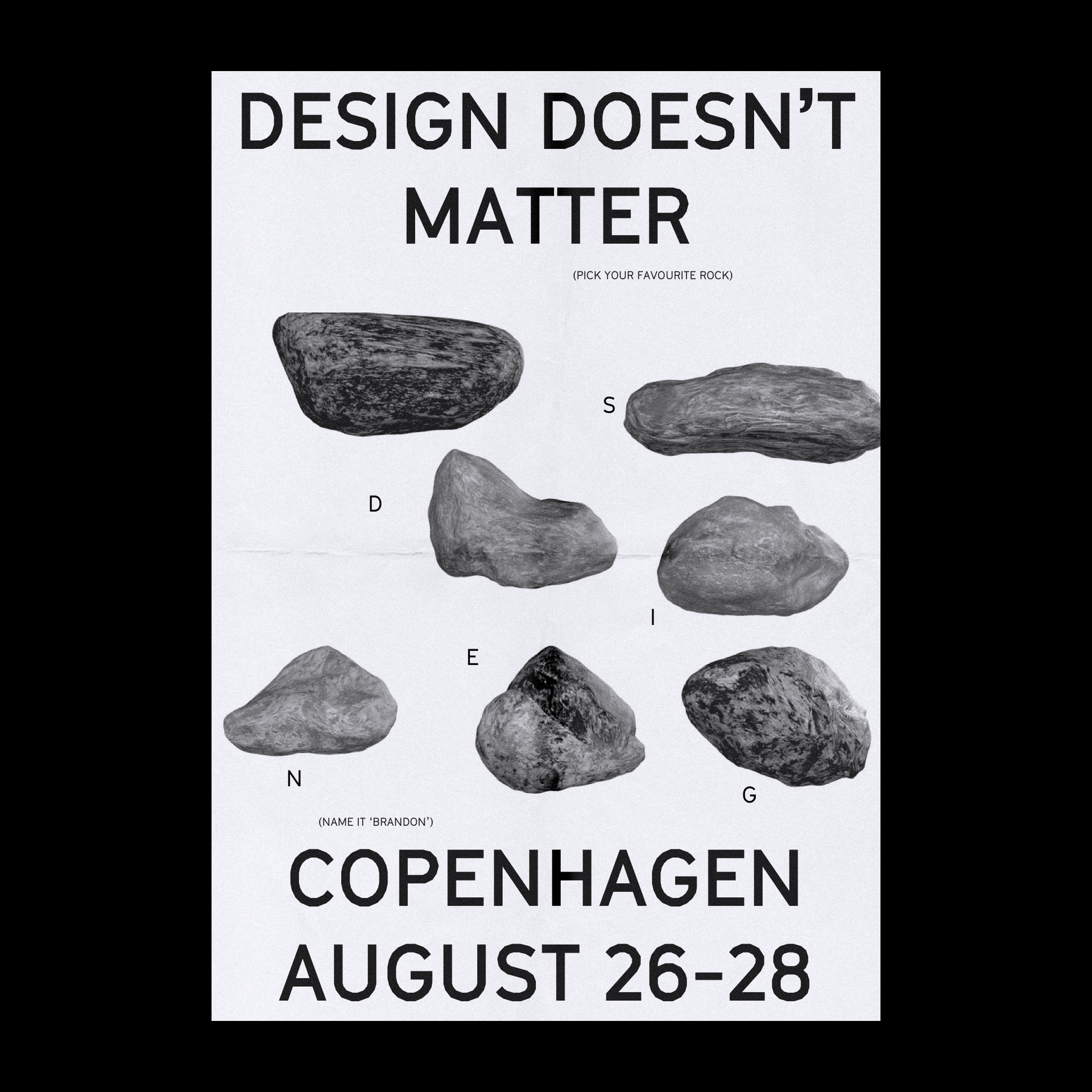
Pete Lacey Design doesn't matter, Copenhagen
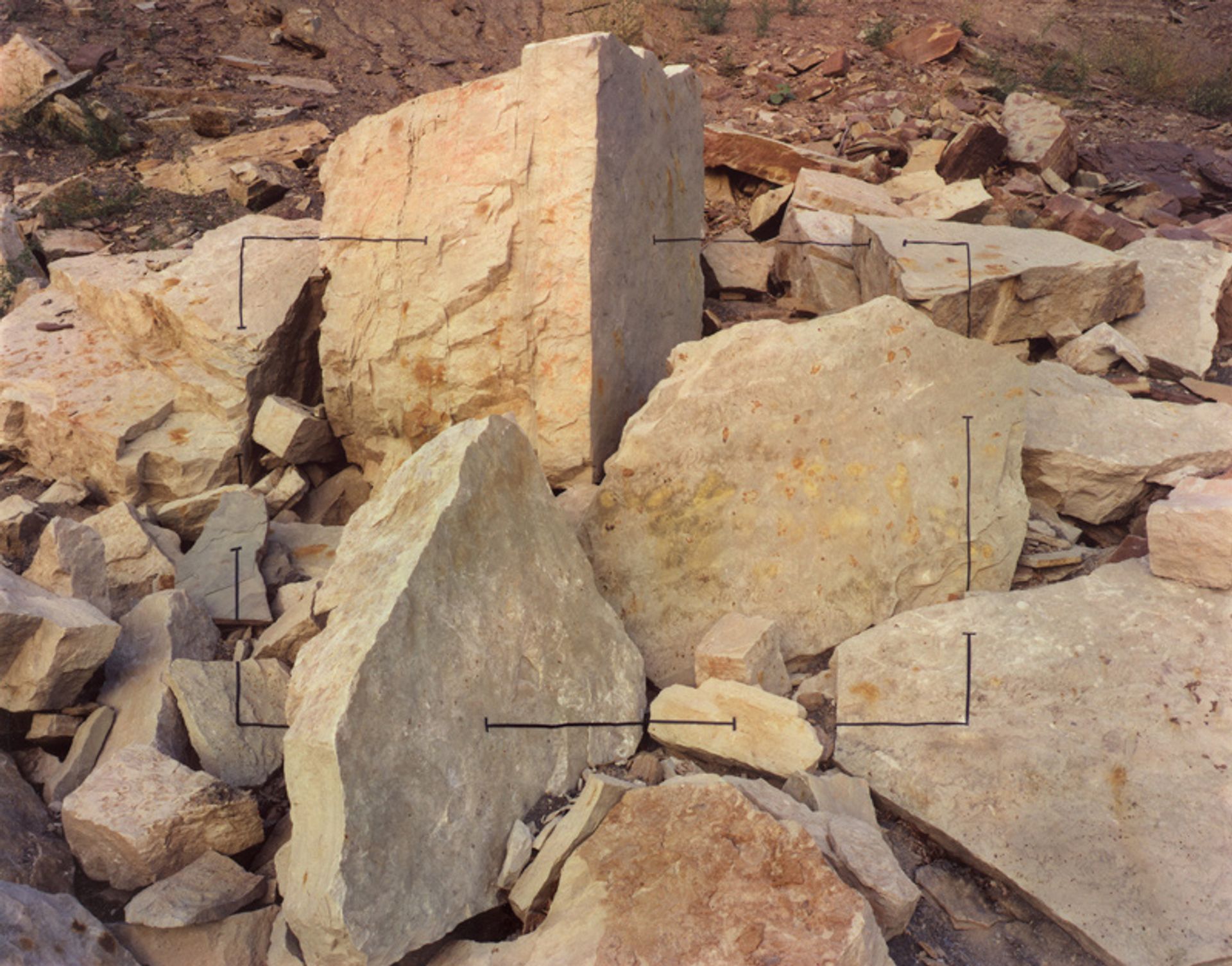
John Pfahl Altered Landscapes Pink Rock Rectangle, Lewiston, New York, 1975

Use of materials from the Roman Theater of Cartagena (1st century AD) for the construction of a late Roman market (3rd century AD) As occurs today in the historic centers of our cities, the Roman Theater was converted into a market during the 19th century. III AD Materials from the theater were used in its construction. Thus capitals, columns, even sculptures were part of the walls and foundations of the new structures

Photos by Mitul Desai for Studio Mumbai
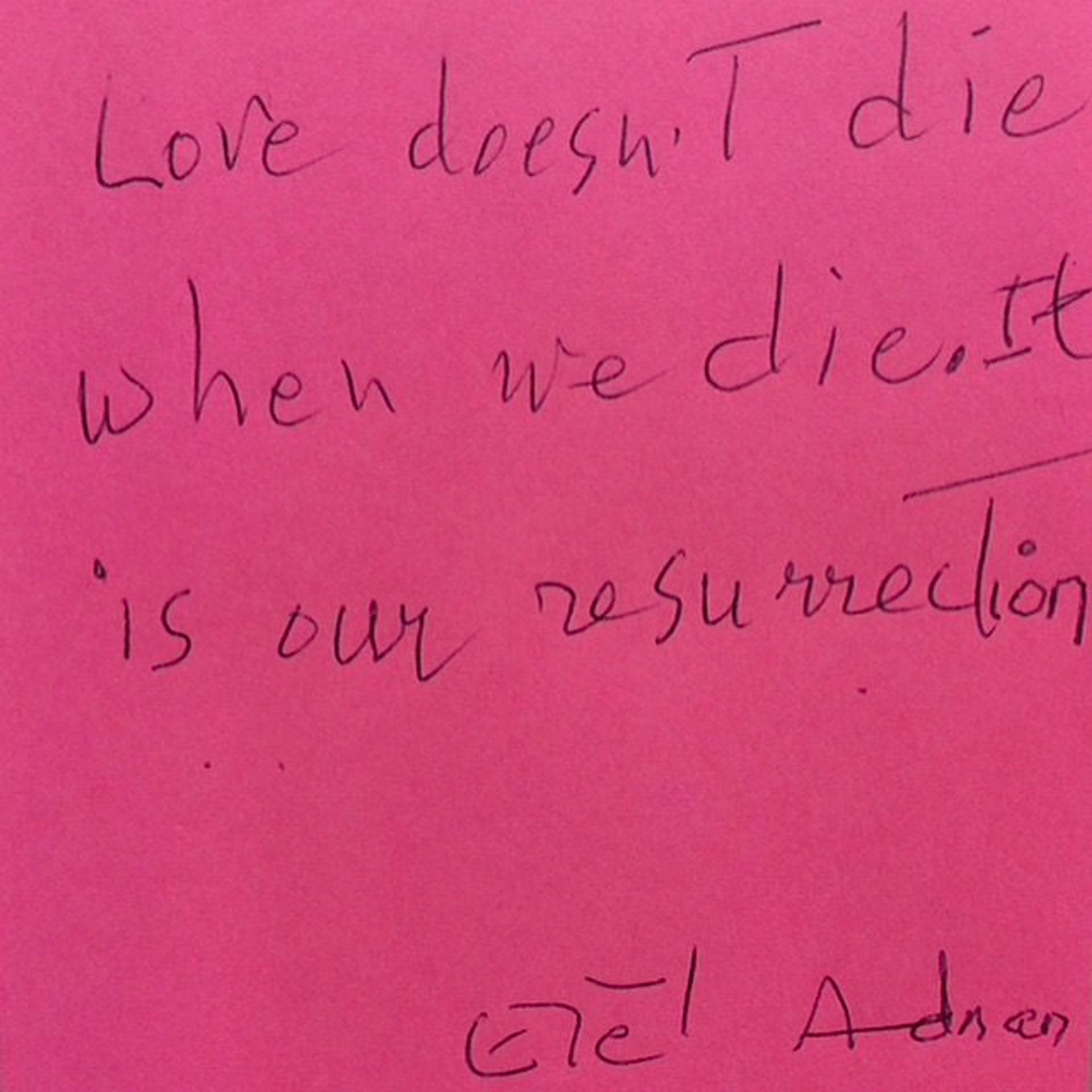
Handwritten note by Etel Adnan, for Hans Ulrich Obrist's instagram, 2015. [The note, on bright pink paper, reads “Love doesn’t die when we die. It is our resurrection” — Etel Adnan]
Reconstruction of Stonehenge taken around 1919
Plan of Stonehenge, before and after restored. 18th Century plan of Stonehenge, showing the position of the stones. Image published 'Choir Gaur; The Grand Orrery of the Ancient Druids, Commonly Called Stonehenge, Astronomically Explained, and Mathematically Proved to Be a Temple', by John Smith (1771)
State of the old Parthenon in 480 BCC, before the Persian sacking, According to Hurwit, 1999. Xenophon presents Socrates to say that the profession of architect requires a man with judgment while Plato refers to the difference between an architect's and a master builder's work, as the first requires not only empirical and manual work but also intellectual knowledge
Variation of connections between stones, Unknown source
Ascensión y caída, Alberto Oderiz
Bridget Polk. Exposition Le bord des mondes, Palais de Tokyo. Mars 2015
Bridget Polk, Palais de Tokyo. She makes balancing rock installations. These impossible sculptures are held in place thanks to a precarious equilibrium that defies the laws of gravity in order to “organize chaos,” according to Bridget Polk
Human Nature by Ugo Rondinone
Ventana al Atlántico, Francisco Pazos, 2004
The stone collector, Luigi Lineri, photographed for Art Magazin, Germany
Acropolis of Athens, unknown source
From 'Rocked hand' 1970 by Dennis Oppenheim
Magritte's stone
Pete Lacey Design doesn't matter, Copenhagen
John Pfahl Altered Landscapes Pink Rock Rectangle, Lewiston, New York, 1975
Use of materials from the Roman Theater of Cartagena (1st century AD) for the construction of a late Roman market (3rd century AD) As occurs today in the historic centers of our cities, the Roman Theater was converted into a market during the 19th century. III AD Materials from the theater were used in its construction. Thus capitals, columns, even sculptures were part of the walls and foundations of the new structures
Photos by Mitul Desai for Studio Mumbai
Handwritten note by Etel Adnan, for Hans Ulrich Obrist's instagram, 2015. [The note, on bright pink paper, reads “Love doesn’t die when we die. It is our resurrection” — Etel Adnan]
Creative Anastylosis: this is the term that we use to describe our creative process while working on Aesop Diagonal. Anastylosis is a term that describes the architectural conservation of ancient monuments by reassembling their original pieces as precisely as possible; “creative” because the purpose in this case was not to reconstruct but to craft a new structure from discarded stone. In this way, the conventional design process was reversed—instead of starting with an imagined form and materialising it, we started with materials and reimagined what they could become.
